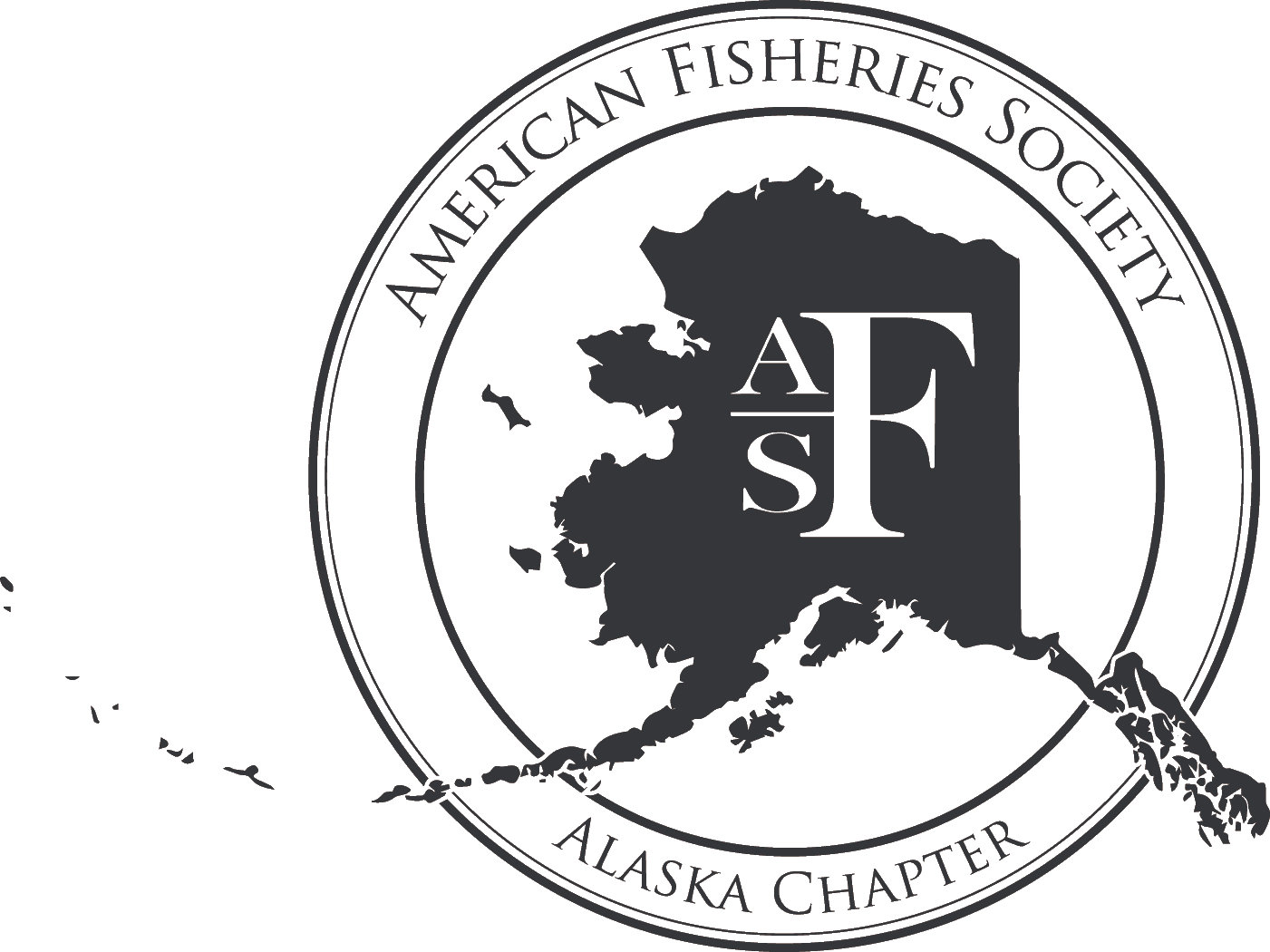Similar to the 2015 AFS meeting, we will be having a plenary speaker each morning of the meeting to set the stage for the rest of the day. This year, a plenary discussion from AFS and AWRA will be provided each day to foster the sharing of ideas and challenges from the respective fields, genres, and disciplines each organization brings to the conference.
Ian Stewart: Quantitative Fisheries Scientist, International Pacific Halibut Commission.
Title: Moving beyond point estimates: some challenges and benefits in presenting our scientific uncertainty.
Fisheries science, and stock assessment in particular, are rapidly improving the methods with which uncertainty is characterized and reported for management use. Clear separation of risk assessment and risk management results in a more transparent decision-making process. I will discuss the International Pacific Halibut Commission’s process for addressing uncertainty within our stock assessment models as well as the structural uncertainty in how they are constructed. I will also suggest some avenues for further development in multi-model inference and weighting that are applicable to many fisheries applications.
Ken Stahlnecker: Refuge Manager, Yukon Delta National Wildlife Refuge; U.S. Fish and Wildlife Service
Title: “Kuskokwim River Chinook Salmon Management and Prototype Structured Decision Framework”.
The Chinook salmon run on the Kuskokwim River in western Alaska is one of the largest in North America and supports one of the biggest subsistence Chinook salmon fisheries on the continent. Over the last decade, the Chinook salmon run has declined to historic population lows and remained at consistently low levels for an unprecedented numbers of years. The U.S. Fish and Wildlife Service assumed in-season management authority for Kuskokwim River Chinook salmon in 2014, 2015, and 2016 leading to weekly in-season management discussions between decision-makers. This plenary session describes the objective-based, stakeholder-involved decision making process employed during these discussions to provide a transparent and predictable process that uses best available science to determine the most effective management actions to meet salmon harvest and escapement targets on the Kuskokwim River.
Dan Isaak: Research Fish Biologist, Rocky Mountain Research Station, U.S. Forest Service
Title: Crowd-sourcing and creating interagency stream databases for broad geographic areas: Lessons learned in the American West with utility for Alaska
Conserving and managing aquatic resources across broad geographic areas during times of rapid environmental change are significant challenges that require sound information for decision making. New sensor technologies, genomics, geostatistics, and digital-social media provide powerful tools for developing that information through collaborative interagency networks, standardized data collections protocols, and centralized database teams that service the needs of many. In this presentation, I share lessons learned in the American West where our small technical team has facilitated coordination of temperature monitoring networks and aquatic biodiversity surveys using eDNA among >100 natural resource agencies across a land area comparable in size to Alaska. Key to efficient coordination at such massive scales is the consistent geospatial framework provided by the National Hydrography Dataset, which is under development for Alaska. Once a working system based on efficient data sharing and monitoring is developed among agencies, it creates synergies and efficiencies of scale as the underlying databases grow.
Jon Zufelt: Senior Hydraulic Engineer, HDR
Title: Clues in the Ice: Understanding Winter Hydraulics
The hydraulics of waterways are defined by the relationships of discharge, depth, and velocity and how they influence sediment transport, scour, floodplain inundation, and assist in assessments of habitat suitability. When designing bridge crossings, culverts to accommodate fish passage, or flood protection for a river community we need physical measurements to properly characterize the hydraulics. In Alaska in particular, we must also consider the effects of ice covers, aufeis, ice jamming, and ice forces on structures. Winter data collection is difficult at best and often impossible for reasons of safety, cost, and logistics. Ice-affected hydraulic data usually has to be gleaned from observations of small changes or the aftermath of dynamic events. In this presentation, I’ll point out some of the sources of winter data, how to recognize hidden clues, and what these observations tell us about hydraulics under the ice.
Peter Bieniek: Research Associate, International Arctic Research Center, University of Alaska Fairbanks
Title: Downscaled Climate Data for Alaska
Climate variability and change is occurring at an amplified rate in Alaska/Arctic compared to lower latitude regions with significant impacts on numerous local processes. Model projections indicate that these changes will continue over the next century leading to a warmer climate than present. However, modeled reanalysis and GCM data are typically too coarse (i.e. grid sizes often ~100KM and larger) for addressing local climate impacts, especially in areas of complex topography. Downscaling is a collection of methods that help to bridge the gap between the limited coarse climate data and the need for finer-scale information. Downscaling activities are currently underway for Alaska and we will explore the types of data currently available, their uses and limitations.

